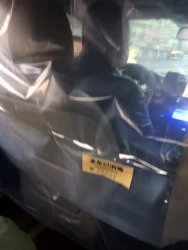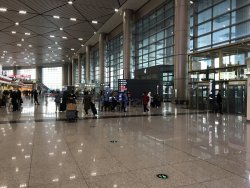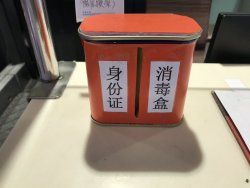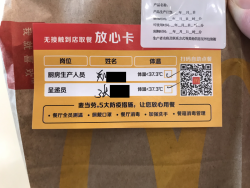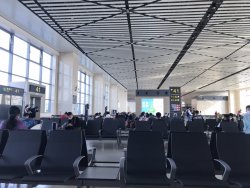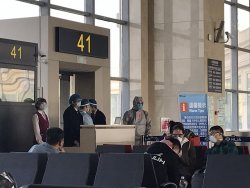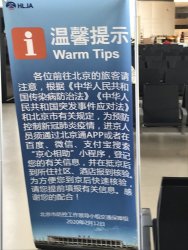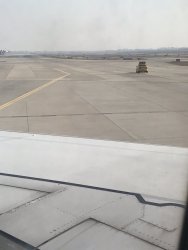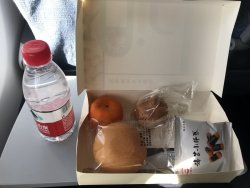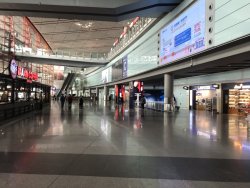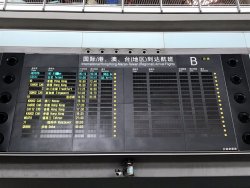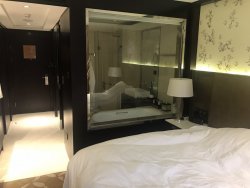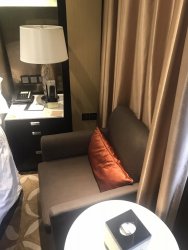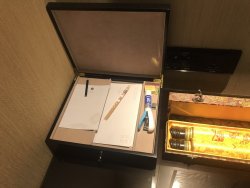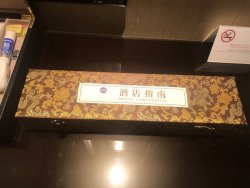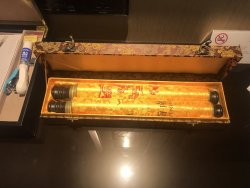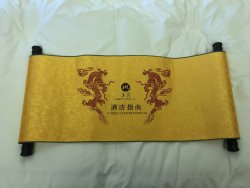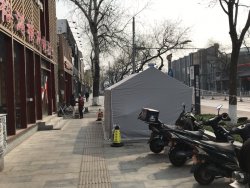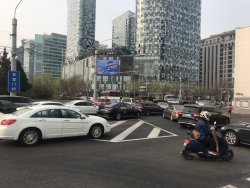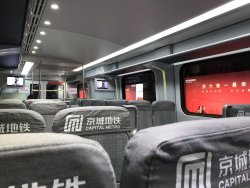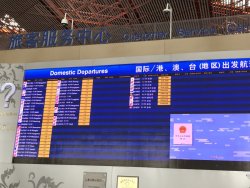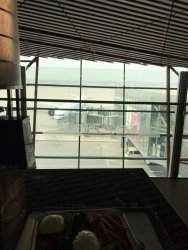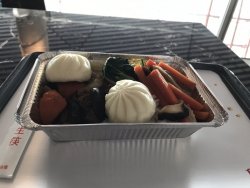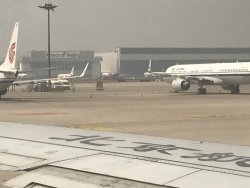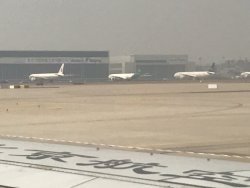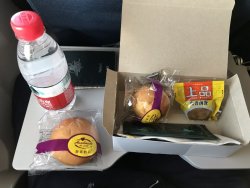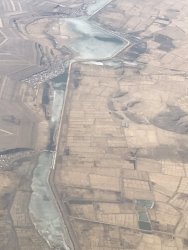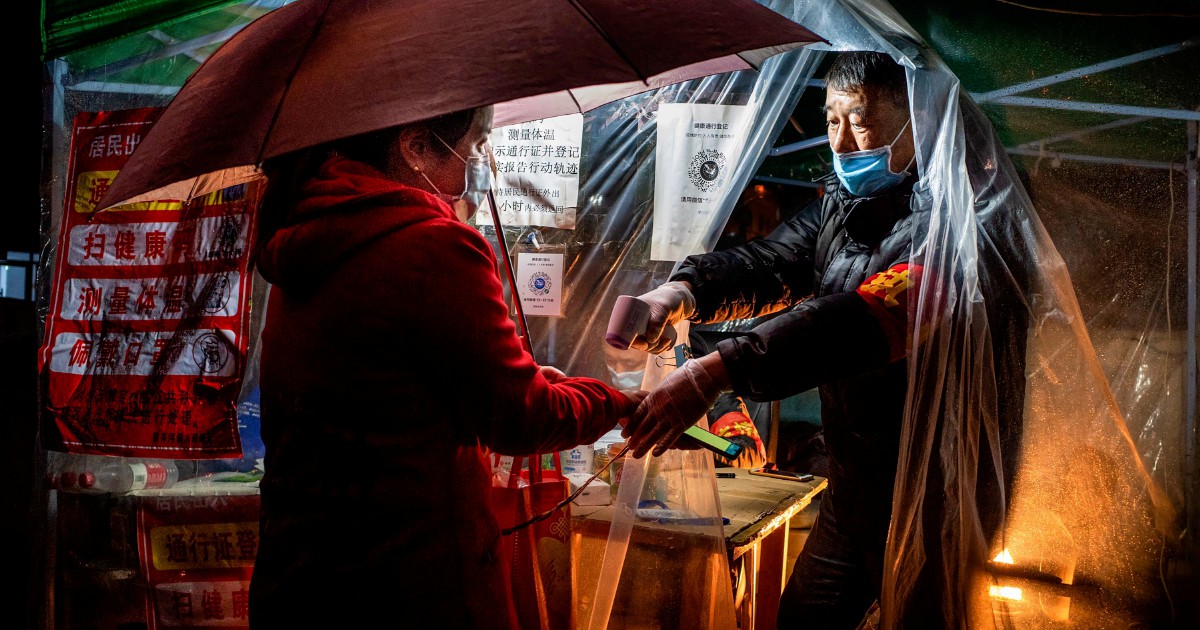seanpodge
Active Member
- Joined
- Jun 13, 2011
- Posts
- 601
So, maybe an explanation is in order.
I am an Australian who has been living in Harbin, China for about 7 years. This year my passport is due to expire and the renewal process necessitates an appointment at an Australian embassy or consulate. So, in order to line things up with the renewal of my Chinese visa in the middle of the year, at the end of last year, I decided to book an overnight trip to Beijing for the end of February.
Then certain events occurred.....
Mercifully, Chinese airlines, whether gently guided by the government or otherwise, were rather quick to offer full and unconditional refunds on all airfares and when I finally canceled the flights on the Air China website, the money was back in my account within ten minutes. With that and my hotel (which was already able to be canceled without penalty anyway) canceled, the waiting game began for a suitable window to take this trip.
By the end of February, the situation in China was clearly trending towards improvement and the trip to the embassy was once again looking viable. But how would it work?
My main concern was if I would have to undergo a quarantine period when I entered Beijing. The nightmare scenario would be that I would have to do one when I came back to Harbin too. This was especially concerning given that according to the the Australian embassy's website, I would have to go back to Beijing to pick up the passport myself, potentially leading to 8 weeks of quarantine. Information about the situation for people entering China from overseas was plentiful, but information about domestic travel was scarce besides a couple of articles I found from February 23rd, which may as well have been Confucian scrolls given how quickly policies can change in these times. Still, it suggested that a trip was possible and despite my searching I couldn't find anything more recent to contradict it, so I started calling around.
Firstly, to the person who manages visas at work, who is in regular contact with local authorities. Then the Australian embassy itself, which suggested that it would probably be OK but that I should check with my hotel. I had heard of foreigners in Shanghai having issues with hotels so I searched for western brands in Beijing that were more likely to be foreigner friendly and emailed them directly asking:
a) are they actually open; and
b) can I stay there for one night (pretty please)??
From 6-7 hotels, I think only 2 were able to accept me. So I settled on the Grand Mercure Dongcheng, near Yonghegong. This was handily within a 30-40 minute walk of the embassy (I could do with the exercise).
In reply to my e-mail, they sent a form from Beijing police wanting to know the purpose of my visit, my recent travel history and my personal and contact details. With that filled in and sent back to the hotel, the hotel later called me back and said that the police have accepted the form and took my booking.
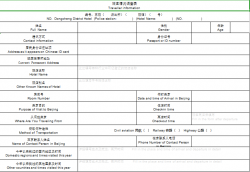
I am an Australian who has been living in Harbin, China for about 7 years. This year my passport is due to expire and the renewal process necessitates an appointment at an Australian embassy or consulate. So, in order to line things up with the renewal of my Chinese visa in the middle of the year, at the end of last year, I decided to book an overnight trip to Beijing for the end of February.
Then certain events occurred.....
Mercifully, Chinese airlines, whether gently guided by the government or otherwise, were rather quick to offer full and unconditional refunds on all airfares and when I finally canceled the flights on the Air China website, the money was back in my account within ten minutes. With that and my hotel (which was already able to be canceled without penalty anyway) canceled, the waiting game began for a suitable window to take this trip.
By the end of February, the situation in China was clearly trending towards improvement and the trip to the embassy was once again looking viable. But how would it work?
My main concern was if I would have to undergo a quarantine period when I entered Beijing. The nightmare scenario would be that I would have to do one when I came back to Harbin too. This was especially concerning given that according to the the Australian embassy's website, I would have to go back to Beijing to pick up the passport myself, potentially leading to 8 weeks of quarantine. Information about the situation for people entering China from overseas was plentiful, but information about domestic travel was scarce besides a couple of articles I found from February 23rd, which may as well have been Confucian scrolls given how quickly policies can change in these times. Still, it suggested that a trip was possible and despite my searching I couldn't find anything more recent to contradict it, so I started calling around.
Firstly, to the person who manages visas at work, who is in regular contact with local authorities. Then the Australian embassy itself, which suggested that it would probably be OK but that I should check with my hotel. I had heard of foreigners in Shanghai having issues with hotels so I searched for western brands in Beijing that were more likely to be foreigner friendly and emailed them directly asking:
a) are they actually open; and
b) can I stay there for one night (pretty please)??
From 6-7 hotels, I think only 2 were able to accept me. So I settled on the Grand Mercure Dongcheng, near Yonghegong. This was handily within a 30-40 minute walk of the embassy (I could do with the exercise).
In reply to my e-mail, they sent a form from Beijing police wanting to know the purpose of my visit, my recent travel history and my personal and contact details. With that filled in and sent back to the hotel, the hotel later called me back and said that the police have accepted the form and took my booking.



